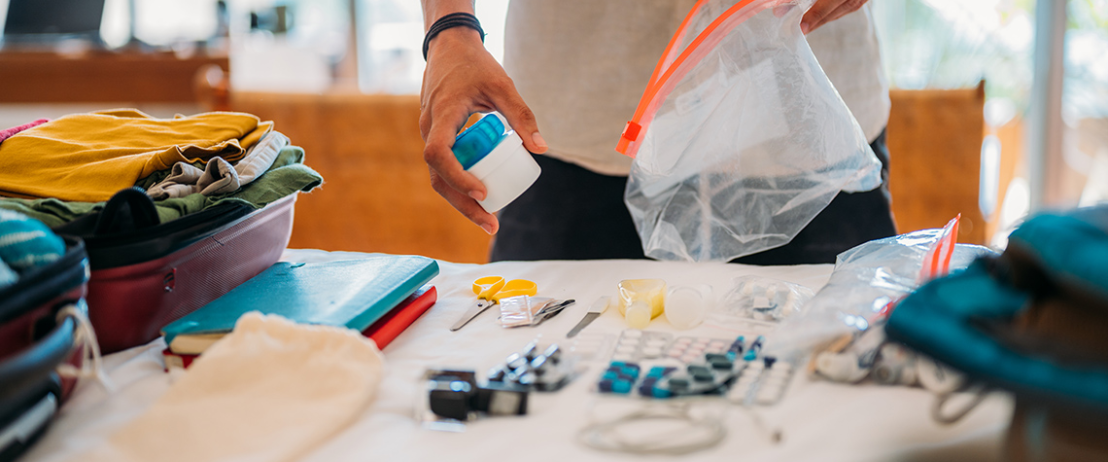Simple Guide to Traveling with Medication (and Not Getting Stuck at Customs)
Travel
Flying with medication doesn't have to be complicated — but it does take preparation. Whether you're bringing allergy pills, insulin, or a controlled prescription, how you pack and document your meds can make or break your trip.
This guide covers everything you need to know, from carry-on tips to customs laws in other countries. Whether you're traveling across the country or overseas, here's how to do it right.
Pack Smart: Keep Medications in Your Carry-On
The number one rule? Keep all essential medications in your carry-on bag. Luggage gets lost, flights get delayed, and access to important meds is too risky to leave in a checked suitcase.
Also:
Keep prescription meds in original pharmacy-labeled packaging.
Avoid loose pills in unmarked containers — especially for international travel.
For medications that require cold storage (like insulin), use TSA-compliant insulated pouches.
Traveling with over-the-counter medications? Keep in mind that some common ingredients (like pseudoephedrine) are banned in certain countries. Always check before you pack.
Bring the Right Documents
Always travel with a printed doctor’s prescription or note. It should include:
Your full name
The generic drug name
Dosage and purpose
Prescribing doctor’s information
For controlled substances (like ADHD meds, sleeping pills, or opioids), some countries require special approvals. Bring extra documentation and check requirements well in advance.
If traveling to a non-English-speaking country, it’s smart to carry a translated copy of your prescription. Keeping digital backups in your email or phone is also a good idea in case anything gets lost.
Know the Rules of Your Destination
Every country has its own list of banned or restricted medications — and what's legal at home might be illegal abroad. For instance:
Japan bans pseudoephedrine, found in many cold meds.
The UAE restricts codeine-based medicines.
Singapore and Indonesia have zero-tolerance policies for certain prescriptions.
Check embassy websites or the International Narcotics Control Board for country-specific rules. You can also contact your airline or destination consulate to confirm if your medication is allowed.
Store Medications Safely During Travel
Once you’re on the move, focus on storage and access:
Use insulated bags for meds that need to stay cold.
Consider a small pill organizer for daily doses, but keep original labels in your luggage.
Adjust your schedule for time zone changes. Set reminders on your phone to avoid missed doses.
Carry a few extra days’ worth of medication in case of delays or emergencies.
And don’t forget your health insurance info and emergency contacts in case you need a local doctor or pharmacy abroad.
Air Travel with Medication Is Allowed — and Manageable
If you’ve ever panicked at airport security with your meds in hand, you’re not alone. But the truth is, air travel with medication is 100% allowed — as long as you follow the right steps.
Preparation is key:
✅ Keep meds in your carry-on
✅ Use labeled packaging
✅ Bring documentation
✅ Know destination rules
✅ Store everything properly
It’s all about staying ahead so you don’t get caught off guard by customs, TSA, or airline policies.
Whether you’re managing a chronic illness or just need to bring daily meds on a trip, don’t leave anything to chance. Traveling with medication doesn't have to be stressful — it just takes planning. Knowing how to pack, store, and declare your medication will keep you from being sidelined at the gate or questioned at customs. It’s your health — and it deserves protection, wherever you go.
For more travel tips that actually make life easier, follow Fashionluz.
.png)
.png)
